T-SBCON-003-004
A shot is a continuous block of unedited footage from a single point of view. In 2D animation, this would also be defined as a scene. If you plan on creating storyboards, you will need to learn about the different camera shots you can use in scenes. The following is a list of some commonly used shots. Start with these, then do a little more research to learn about new shots and try to integrate them in your future storyboards.
Establishing Shot
The establishing shot lays the groundwork for the context of a scene by showing the location of the scenes that are about to take place. It can also help set the mood by showing the weather and time of day. Some establishing shots are expansive and environment focused, others show the relationship between the characters and the location.
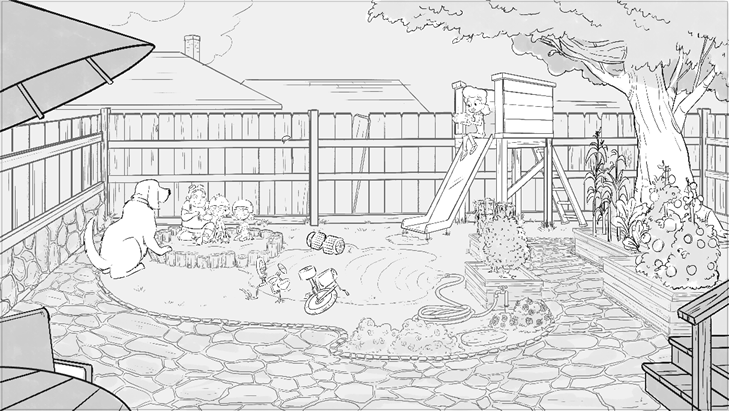
Long Shot
The long shot is used to show the entire object or character, and places it in relation to its surroundings. Unlike the establishing shot, the long shot does not necessarily show the full scenery around the characters. It is used to show what is going on, not where the characters are located.
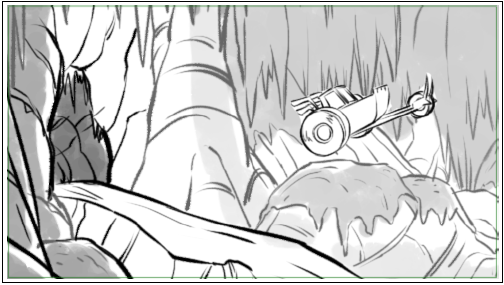
Medium Shot
A medium shot is framing the character from the waist up. It is great for focusing on the character or characters.
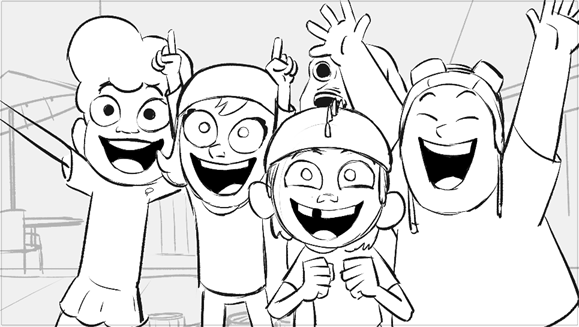
Close-up
A close-up is when a scene tightly frames a character or object. This type of shot shows a lot of details about the subject and rarely includes any background element. The close-up shot places emphasis on the character's emotions or a very specific detail that is important to the story.
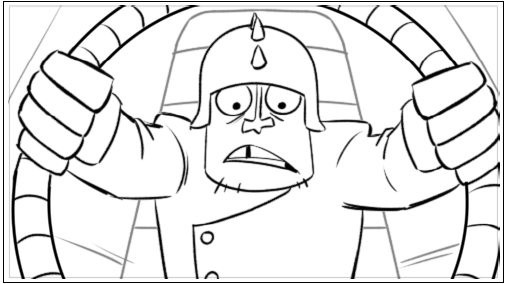
Extreme Close-up
An extreme close-up is a magnified view of a small object. That object will usually fill the entire screen, this focuses the audience on that element and nothing else.
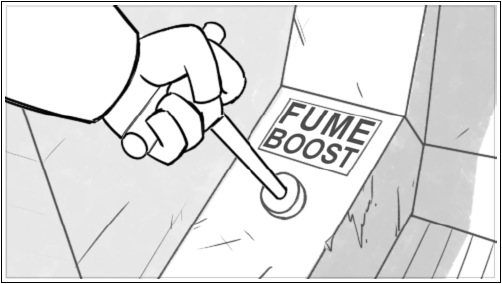
Other shots
Below are some other commonly used shots in storyboards that you can look up:
-
Over-the-Shoulder
-
Dutch Angle
-
High and Low Angle
-
Bird's Eye and Worm's Eye View